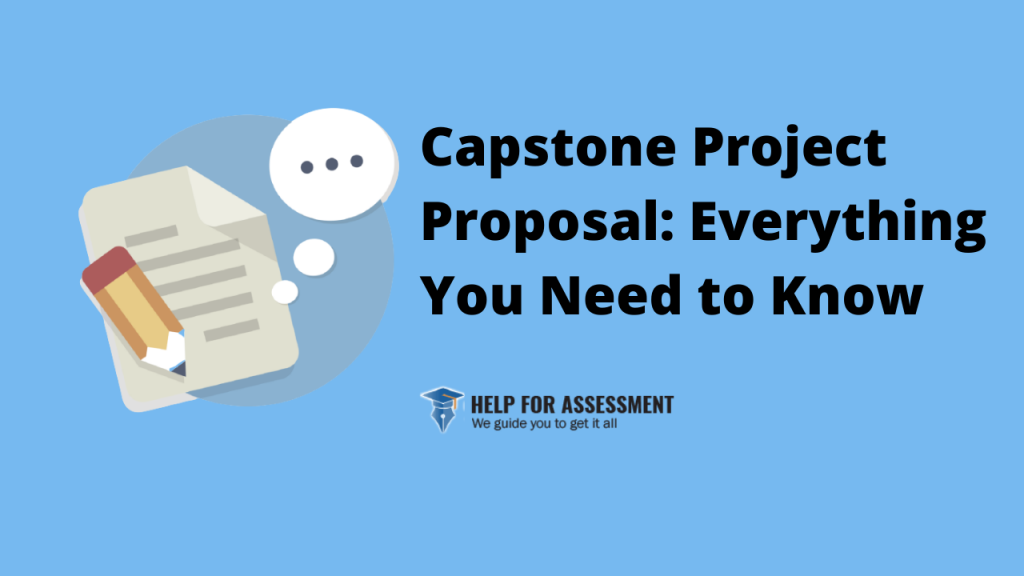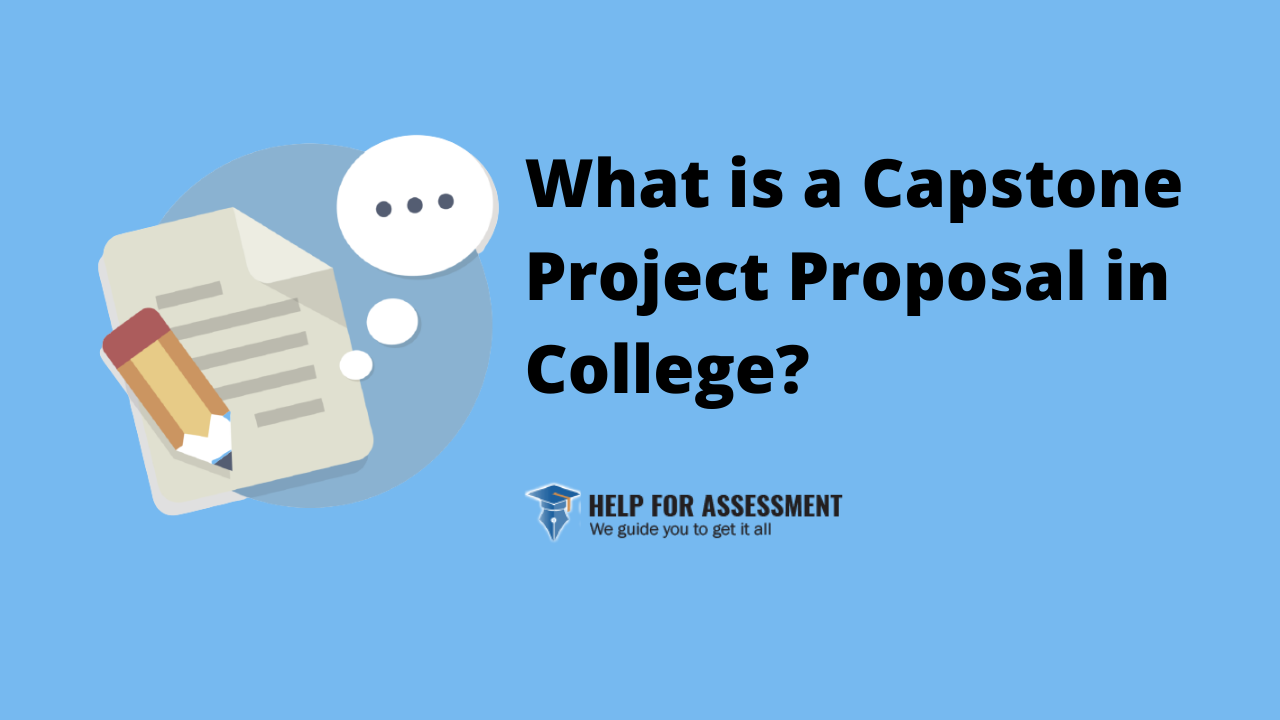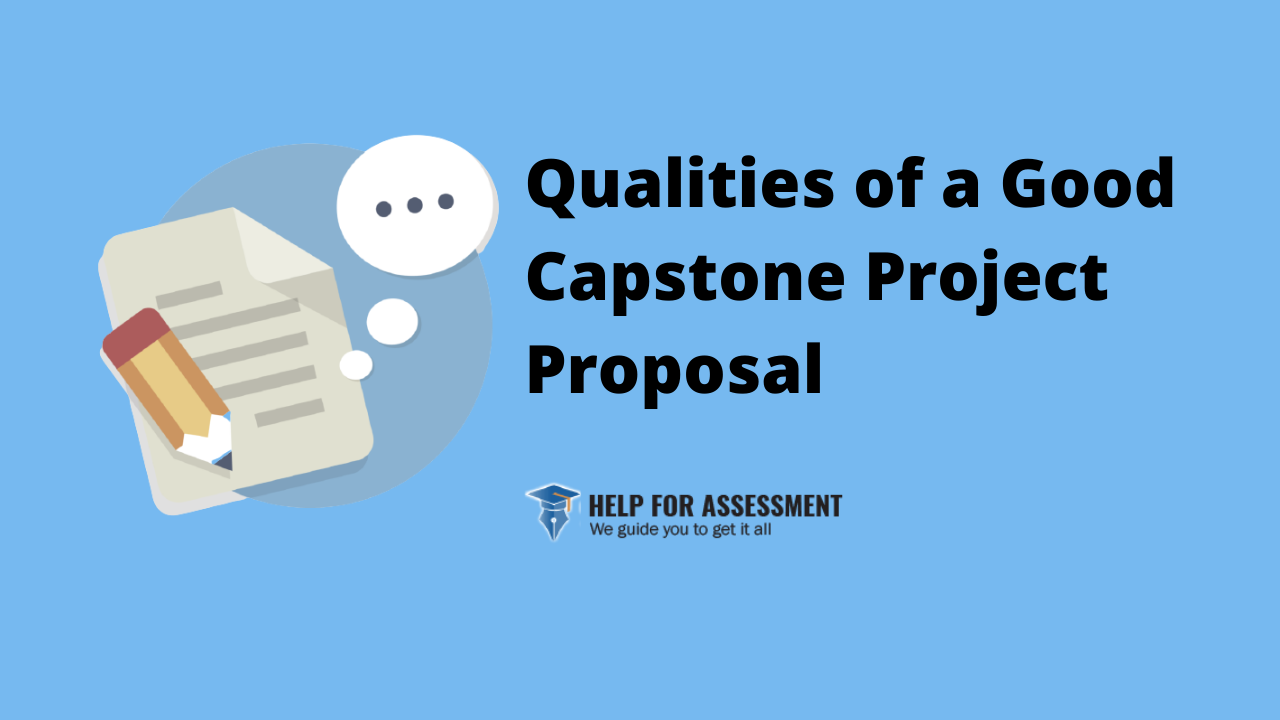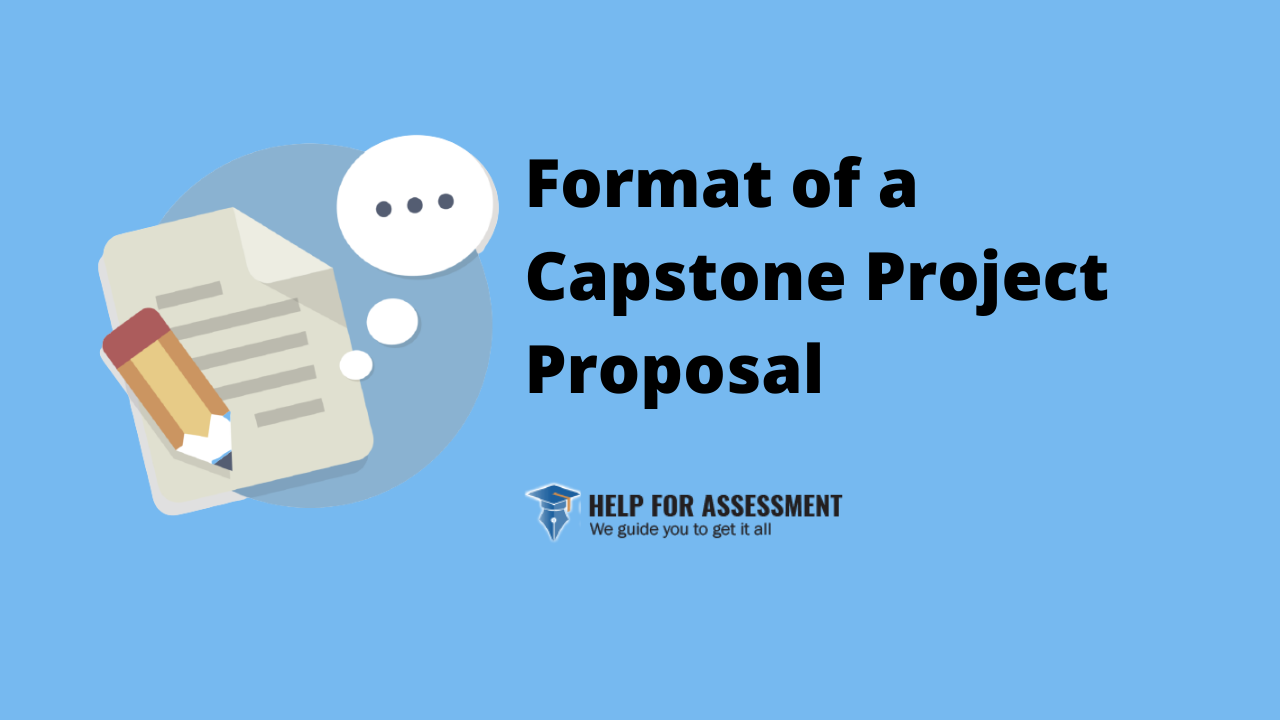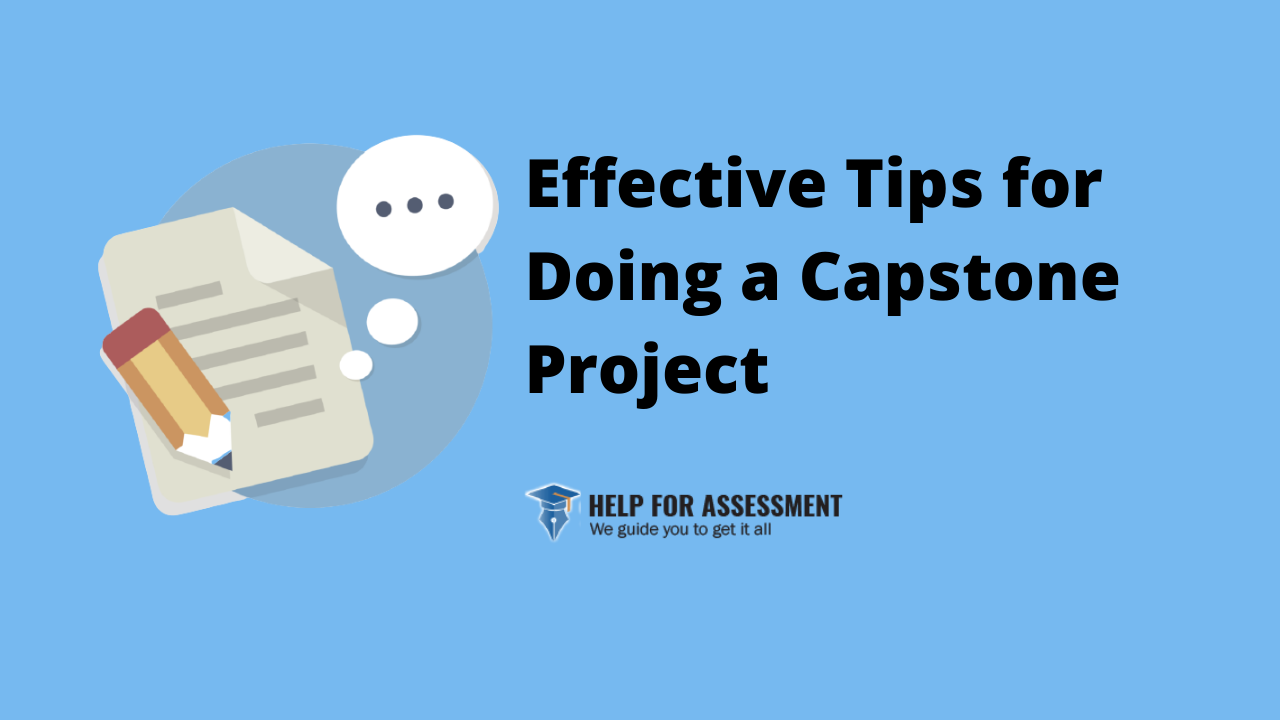What would be your reaction if you spent months carrying out a school project, only for it to be thrown out on grounds of being irrelevant, inadmissible, or downright outrageous? Not very happy, I would say. To avoid such scenarios and censor the type of projects being carried out, schools require that every student taking this kind of an assignment to submit a capstone project proposal first.
Every capstone project begins with a project proposal. It is submitted to your instructor or school panel that reviews and either approves or rejects it. Thus, you can also think of a proposal as a plan or project blueprint.
Given that the capstone project proposal is integral to your success in the whole thing, we at Help for Assessment are here to show you how to do it properly.
Our expertise in all forms of academic writing includes a specialty in capstone projects, which is why we’re the perfect people to help you. We will also do your capstone project proposal for you at very affordable prices. Visit our homepage to learn more about us and what we can do for you.
Back to the capstone project proposal guide. This article will cover all the main aspects of how to write it including:
What is a Capstone Project Proposal?
A capstone project proposal is a brief document that outlines what your capstone project is about, the steps you intend to follow while doing it, the resources you will need, and an outline of the project itself. It is more or less your blueprint for the entire project.
The purpose of a capstone project proposal is to help your instructor understand what your project is about. In the case where you are seeking assistance from the school such as funding or the use of school facilities, the proposal helps to convince them of why those resources should be allocated to you.
The proposal is also a big help to you as a student. Before you commit a lot of time and resources to the project, it forces you to take a look ahead at where you're going, what you want to achieve, and the investment you will need to put in to do that.
Capstone projects vary widely from discipline to discipline, but the proposal follows a standard format. Your instructor might provide you with a template and accompanying instructions, or they may not.
In any case, there are certain qualities you need to aim for if your proposal is to be successfully approved.
Qualities of a Good Capstone Project Proposal
1. Brief
The length of a good capstone project proposal should be between 1 and 4 pages.
Anything longer is discouraged unless your instructor says otherwise. Thus, refine it until it is concise, clear, and direct.
2. Structured
The information flow should be clear and logical. It should be a document that a person can scan through in minutes and get what you’re talking about.
Thus, present it in an easy to understand manner.
3. Straightforward
The person reviewing your proposal wants answers to questions such as:
What is your project about? How will you do it? What resources will you need, and how will you get them? Who will be involved?
Provide these answers simply and directly in your proposal and you stand a much better chance of impressing them. The content of the proposal should all aim toward this one goal.
4. Compelling
The language you use should be convincing. Be confident about what you want to do, be enthusiastic, and share your enthusiasm.
Prove why you think the project will work and how relevant it is in your field.
5. Detailed
Even though the proposal should be brief, include as much detail as is needed to support your points.
Format of a Capstone Project Proposal
Title
This will be the same title you will use in the capstone project write-up, so take your time to craft a brief, direct, all-inclusive title for the proposal.
One way to come up with a good title is to write down the research problem as a question then craft your title in response to that question.
You should also try to make the title as intriguing as possible to get your readers interested in what you have to say.
Abstract
In 150-200 words, describe what the project is about. Give the rationale for the project, i.e, why you think it is important and should be carried out.
Also, describe your methodology, analysis, and expected findings.
Think of the rationale as to the social implications of the project you are about to undertake.
How will it help the organization you work for or society at large? Describe the original contributions your project will have to the target group.
Research Problem
This is the problem statement of the project proposal. Give your thesis statement in one sentence, keeping in mind that it is the same statement you will use in the actual project write-up.
In the case of a project deliverable or creative project, describe the product you will develop, and the rationale behind it.
Describe what format your deliverable will be, e.g. a video, website, software, new curriculum, health or education program, policy paper, etc.
Literature Review
You should write a descriptive literature review of all the sources you have used and cited for your project proposal including books, online sources, and papers.
You can use these same sources in the project itself or choose to go for another set.
Methodology/Project Design
Explain how you intend to do what you want to do. Start with the method of inquiry which can include textual research, scientific experimentation, statistical data collection, qualitative study, or any other method.
Describe also, in detail, how this data will be gathered, processed, analyzed, and what resources or manpower will be needed to do this.
At the same time, explain the hypotheses and theoretical academic approaches in use which form the backbone of your project.
Timeline
Detail the steps of your project and state when you expect to do what. This can usually be given in the form of a table with specific dates.
Also, state when you will be meeting with your supervisor/mentor and giving progress updates.
Description of the Final Product/Expected Results
For a research project, explain what results you expect based on existing data about the same.
For creative projects, describe what the final product will be, how you expect it to look like, and how it will work. How will it help/affect the target group? How will you evaluate its efficacy and success?
Such a project will also need specific documentation, usually called a rationale report or just a report. Describe such kind of documentation format.
Resources Needed Including Expected Budget
This is a crucial part. Give a detailed record of all the resources you expect or need to use in the course of your project.
If you need funding, give a breakdown of how the money will be used and how much in total is needed.
State how you expect it to be funded, either through school funding or external sponsorship.
In the same way, state what school resources you need. Laboratory access, data access, support by school personnel, computers, or machines belonging to the school or an outside entity, and everything in between.
Reference list
This is a list of all the citations and sources used while writing the project proposal.
Tips on How To Write a Capstone Project Proposal
Get Help With Your Capstone Project
Are you having trouble with your capstone project proposal? We strongly suggest that you get the experts involved. You cannot afford to fail at this stage because the entire project relies on it.
Let Help for Assessment handle your capstone project proposal for you and you will be assured of success.
Thanks to our student-friendly prices, you are assured of a deal of a lifetime. Check out our service page and grab our first-time discount before it is too late!

